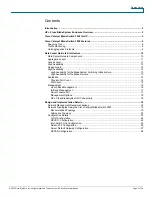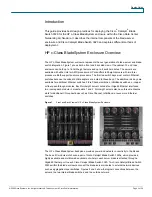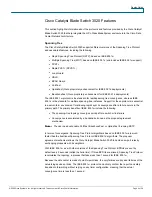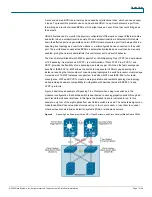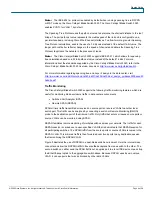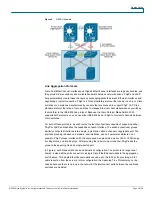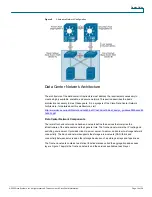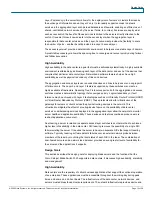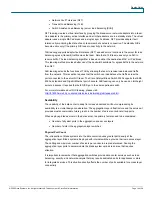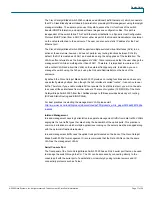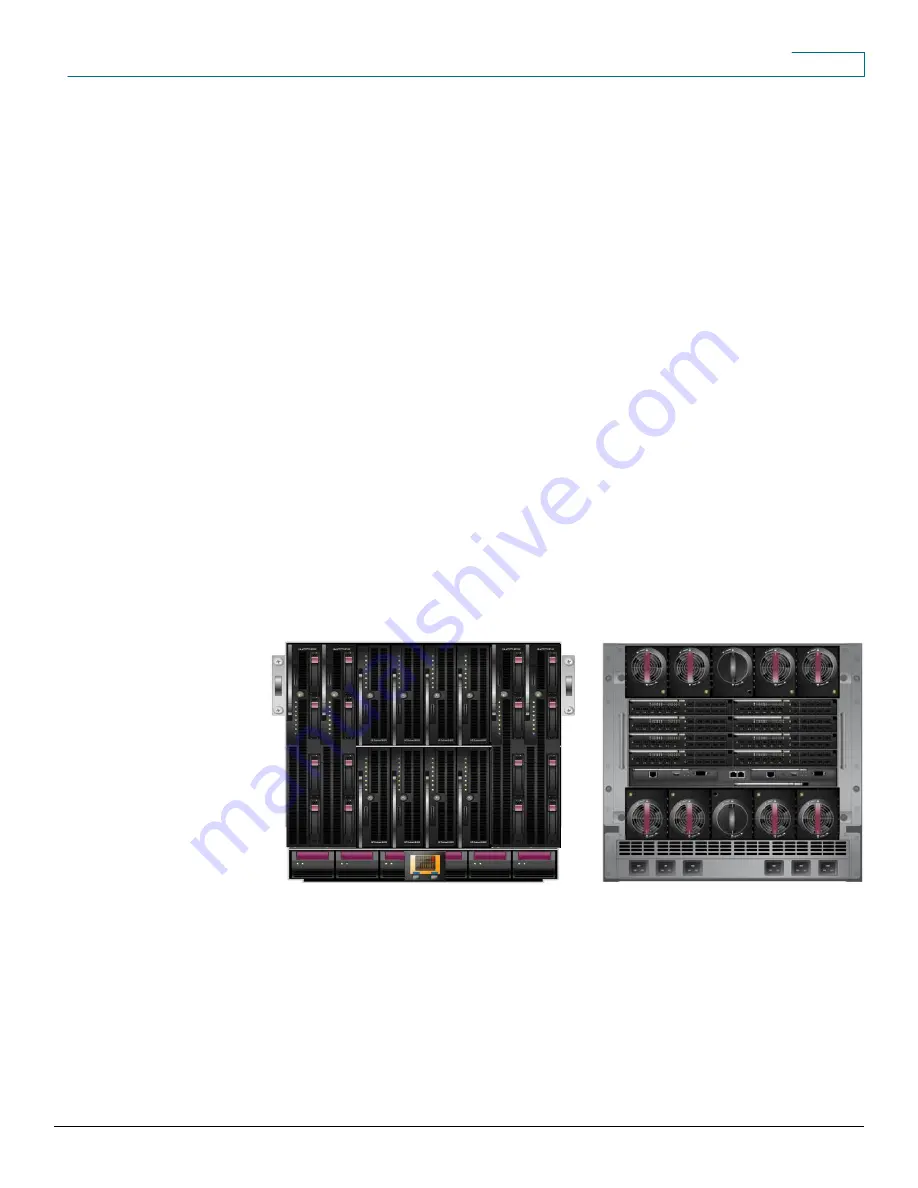
Design Guide
Introduction
This guide provides best design practices for deploying the Cisco
®
Catalyst
®
Blade
Switch 3020 for the HP c-Class BladeSystem enclosure within the Cisco Data Center
Networking Architecture. It describes the internal components of the blade-server
enclosure and Cisco Catalyst Blade Switch 3020 and explores different methods of
deployment.
HP c-Class BladeSystem Enclosure Overview
The HP c-Class BladeSystem enclosure represents the next generation of blade-server and blade-
switch integration. Figure 1 shows both a front and back side view of the cabinet. The c-Class
enclosure can hold up to 16 half-height servers and up to 8 switch modules. The servers are
available with either Intel or AMD processors. HP also offers full-height servers with two Intel
processors. Both support dual-core processors. The first two switch bays must contain Ethernet
switches because the onboard LAN adapters are routed to those bays. The additional six bays are
available for additional Ethernet switches, Fibre Channel switches, InfiniBand switches, or copper
or fiber pass-through modules. Each full-height server contains four Gigabit Ethernet interfaces,
two running each module in module slots 1 and 2. Full-height servers also have three mezzanine
slots for additional I/O connections such as Fibre Channel, InfiniBand, or even more Ethernet
switches.
Figure 1.
Front and Back Views of HP c-Class BladeSystem Enclosure
The HP c-Class BladeSystem backplane provides power and network connectivity to the blades.
The base I/O module slots house a pair of Cisco Catalyst Blade Switch 3020s, which provide a
highly available and multihomed environment wherein each server blade is attached through a
Gigabit Ethernet port to each Cisco Catalyst Blade Switch 3020. Two Cisco Catalyst Blade Switch
3020s within the blade enclosure connect the blade-server modules to external network devices
such as aggregation layer switches. Figures 2 and 3 show the logical connections between the
servers, the two internal blade switches, and the outside network.
© 2008 Cisco Systems, Inc. All rights reserved. This document is Cisco Public Information.
Page 3 of 28


